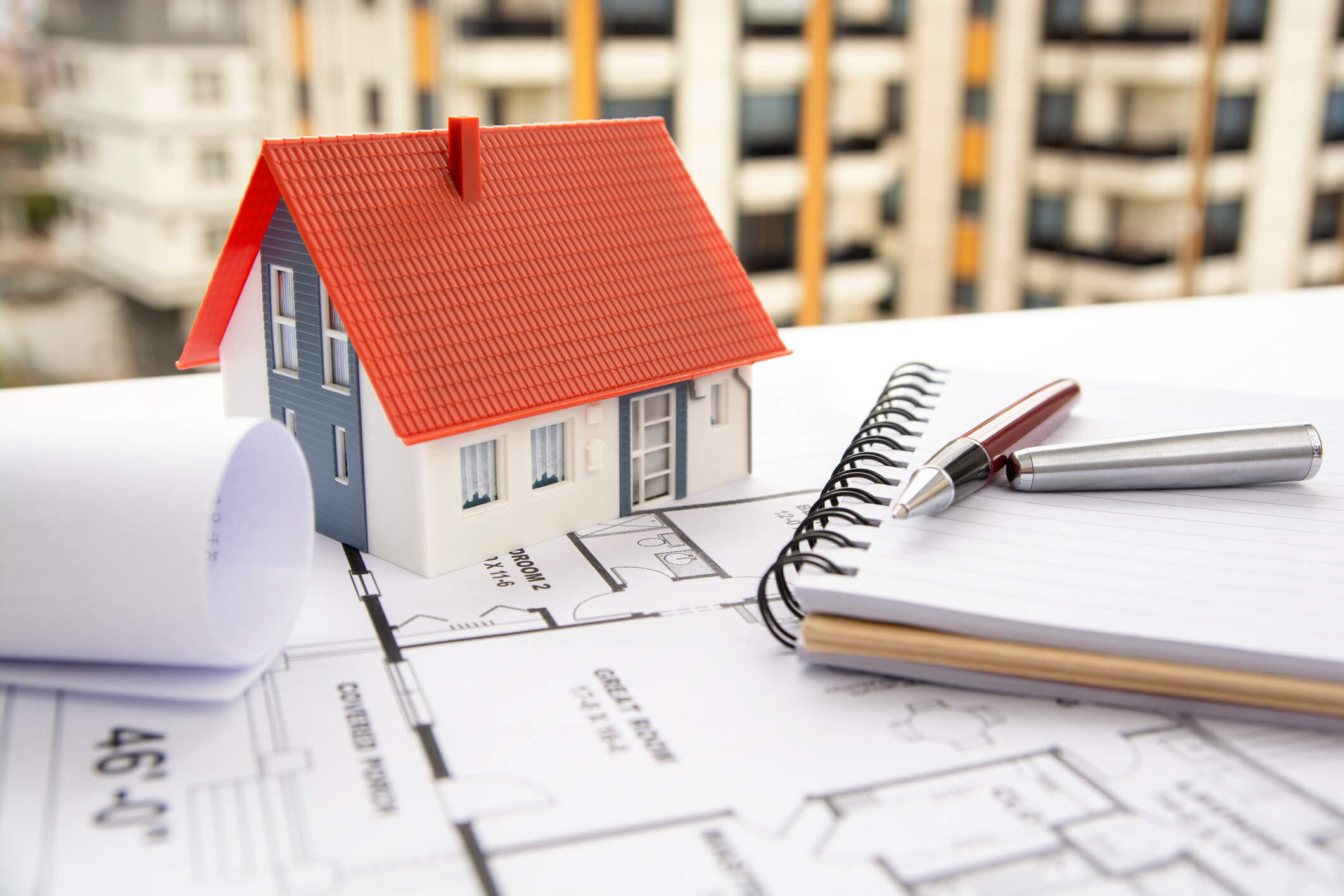Unveiling the Dynamics of Property Developers: The Architects of Urban Transformation
Unveiling the Dynamics of Property Developers: The Architects of Urban Transformation
Blog Article
Developers of property are the foundation of the real business, which drives the creation, transformation, and improvement in urban areas. With their vision, expertise as well as financial expertise they orchestrate the development of residential, commercial, and mixed-use properties, shaping the very fabric of our communities. Recognizing their vital role and impact is essential to understand the unique dynamics of the real estate industry.
In the forefront of the property industry is the goal of turning vacant land or underutilized properties into viable and profitable assets. Developers set out on this path armed with market research, feasibility studies, as well as financial projections. They look for opportunities, evaluate risks, and conceptualize projects that are compatible with the market and investors' expectations. It's whether it's creating mixed-use development in urban centers or master-planned communities that are located in suburban regions, developers work to find a balance between profit and social and environmental considerations. The first step is to establish the basis for the rest of the development process, influencing development decisions, investment strategies as well as the timeline of projects.
When the base is established and the foundation is laid, developers start the complex process of designing and construction management. By collaborating with architects, engineers as well as contractors, they translate concepts into tangible structures that resonate with lifestyle and market fashions. The concepts of sustainability and innovation are being emphasized, as developers incorporate green building practices and smart techniques to increase energy efficiency and reduce impacts on the environment. Moreover, attention to the aesthetics and function plays a crucial role in ensuring longevity and growth of the property.
In the realm of finance property developers can be compared to orchestrators who conduct an entire orchestra of investments in order to finance their ambitious projects. In order to secure capital, they must make use of a combination of debt, equity and sometimes government incentives. Developers have to convince investors about the value and benefits of their projects, balancing risk and reward. It is vital to have financial acumen for successful developers, since they must manage cash flows, mitigate risk, and adjust according to market conditions to guarantee sustainability of the project. To find more information please visit her latest blog
But, the function of property developers has not been uncontroversial, since their activities can sometimes be viewed as disruptive or detrimental to existing communities. The effects of displacement, gentrification and affordability issues frequently arise within rapidly developing communities, raising concerns about equality and social inclusion. Many critics say that uncontrolled growth puts profit margins ahead of those of the residents who live there for a long time, exacerbating income inequality and social homogenization. Balancing the interests of various stakeholders, including residents, policymakers, and investors, is essential to mitigate these problems and ensure sustainability in urban development.
Amid the pursuit of profits, property developers shoulder an important responsibility for sustainability and impact on society. Sustainable building practices, energy efficiency, as well as green space are becoming prioritised to reduce environmental footprints and enhance quality of life. Furthermore, developers play a vital role in affordable housing initiatives, addressing societal inequalities and housing insecurity. With the adoption of sustainable and inclusive methods of development, developers do not only reduce the risk of disasters, but they also can contribute to the sustainability and sustainability of communities.